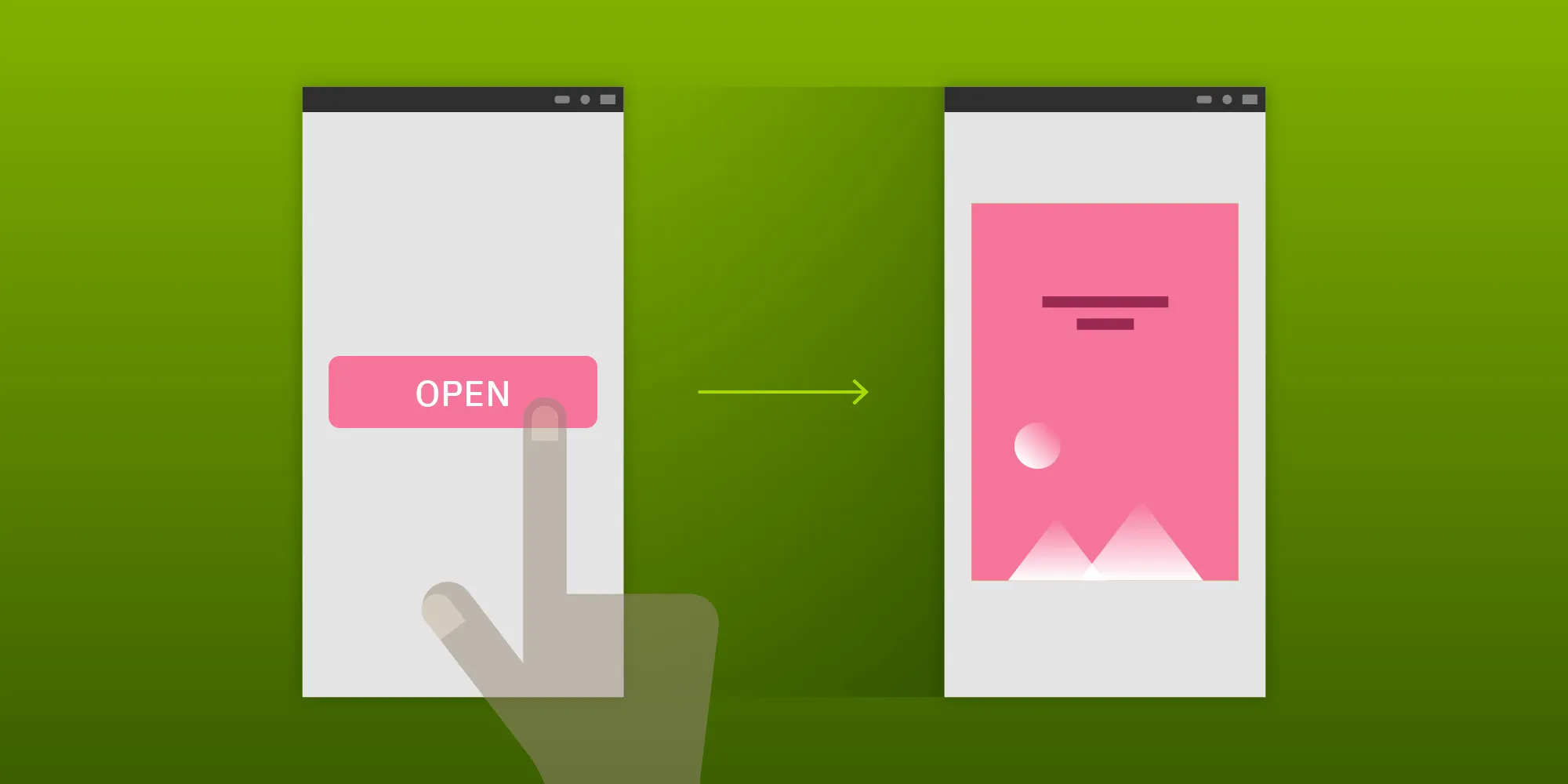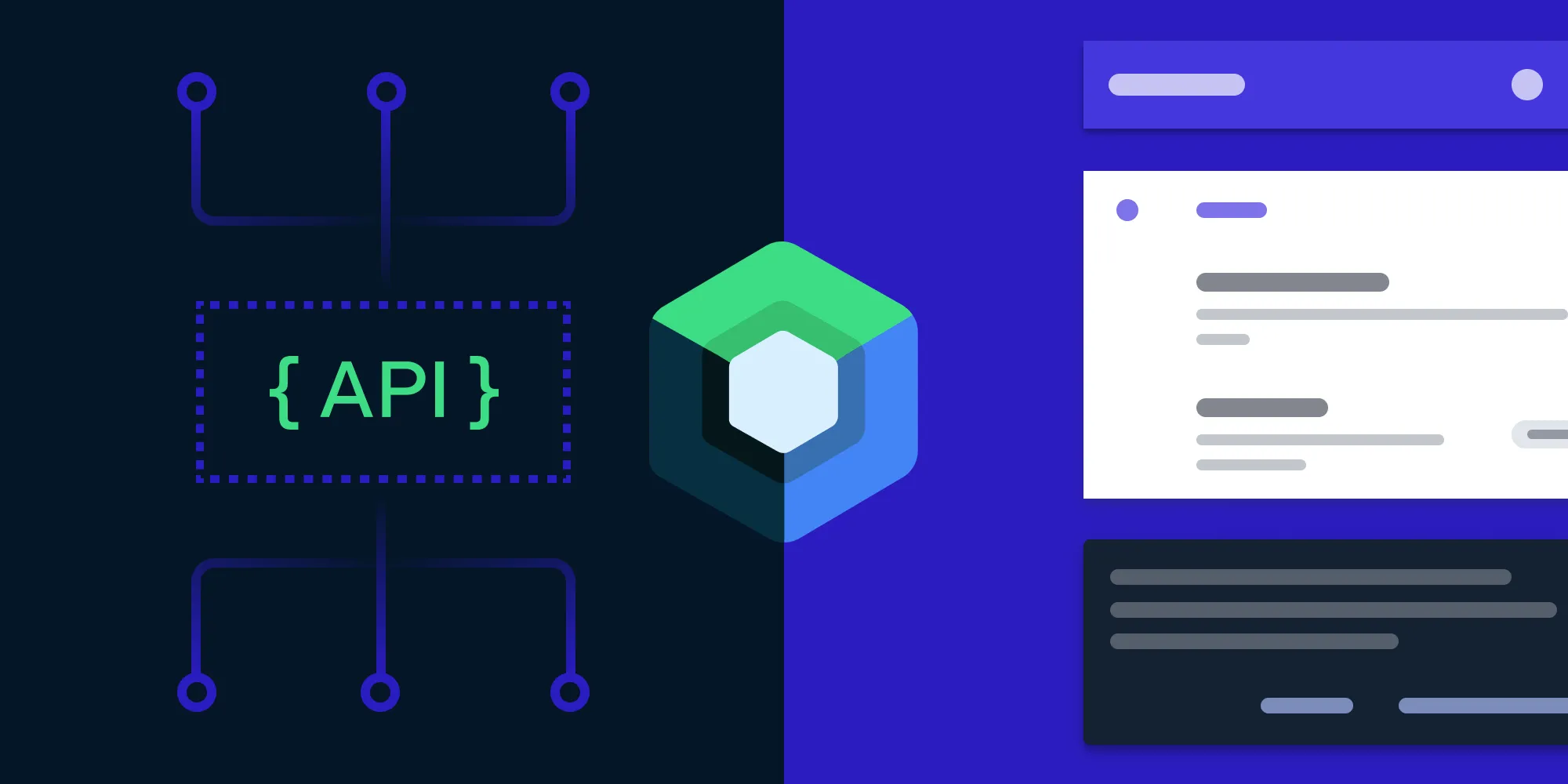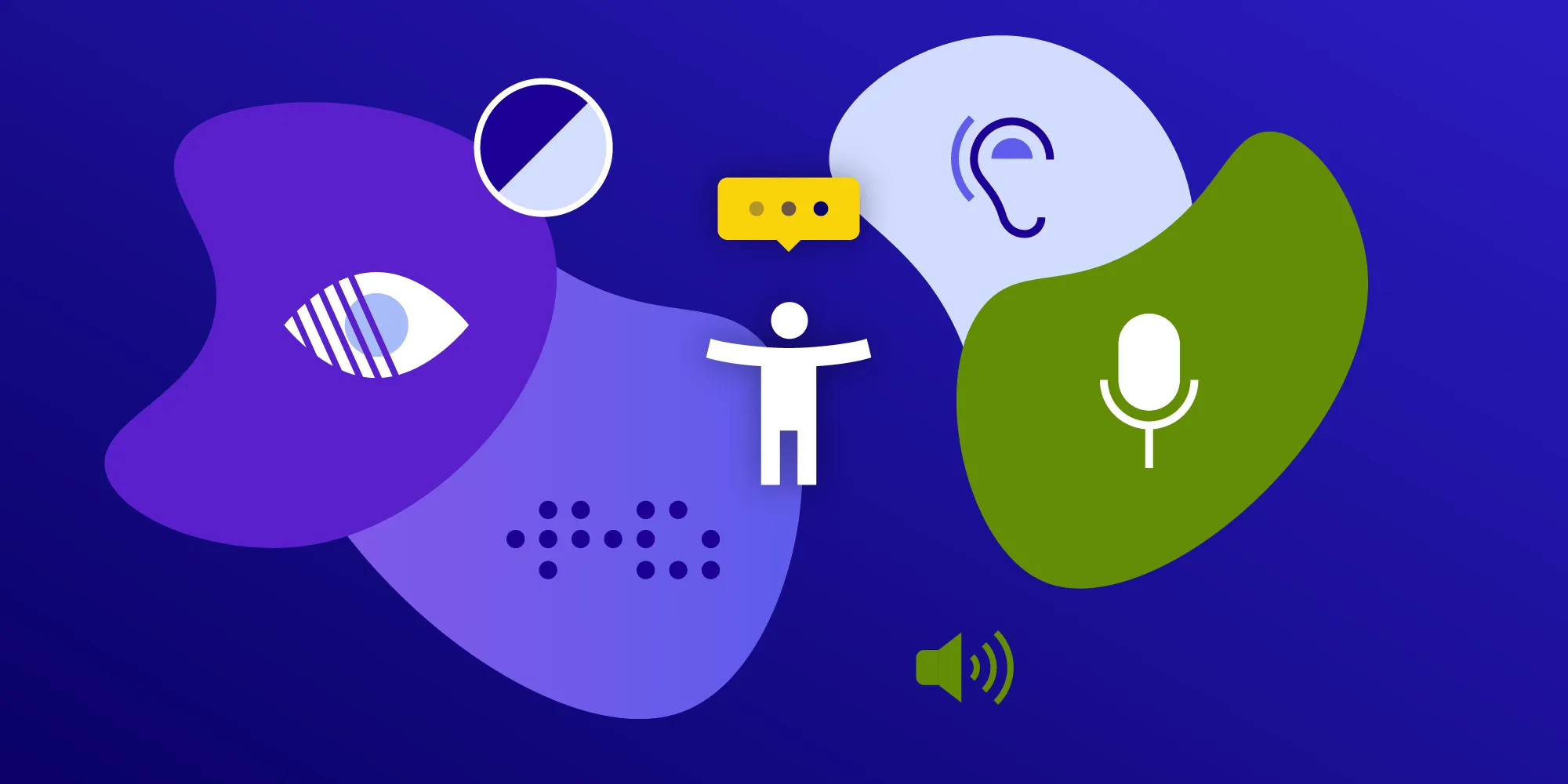What Is an Intent?
Table of contents

Today we’ll take a look at one of the core components of all Android applications: intents. In this blog post, we’ll discuss what intents are, where they are used, and what pitfalls to consider. So let’s get started.
What Is an Intent?
You can think of an intent as a set of data describing an action a user wants to perform. Examples of intents include opening a gallery app, editing a document, picking a file or directory, adding a new calendar event, etc. Now let’s look at all the things contained in an intent.
Action
Every intent can include an action that generally describes which action you want to perform. Examples include ACTION_VIEW to display a piece of data using the most appropriate applications, ACTION_DIAL to open the dialer with a phone number prefilled, and many more.
Data and Type
Next up, you can add data to your intent in the form of a Uri. This Uri should point to the data you want to perform the action on. For example, in the case of ACTION_DIAL, the data could be a phone number like tel:012345. If you want to open a PDF document, it could be a file URI pointing to the document.
Furthermore, you can specify the type to narrow down the scope of your intent. In most cases, Android will automatically determine the MIME type of your data based on the Uri you specified for the data in your intent. In cases where automated inference is not possible, you can manually specify the type in addition to the data.
ℹ️ Pro Tip:
Intent#setData()(opens in a new tab) will reset anytypethat was set, andIntent#setType()(opens in a new tab) will remove anydatathat was set. If you want to set bothdataandtype, you have to useIntent#setDataAndType()(opens in a new tab) instead.
Component
There is also the component, which can be specified when you want to pass an intent to a specific class instead of letting the system automatically determine the best way to handle it. You can either set a ComponentName(opens in a new tab) if you want to specify an Activity or Service that isn’t part of your application, or you just set the Class if it is part of your application. If a component is specified, this intent is considered an explicit intent, meaning it will always resolve to the specific component that was set. On the other hand, if no component was set, it is considered an implicit intent, meaning that the system will try to find the most appropriate Activity or Service to handle it. In cases where there are multiple activities that could handle an intent, the system will show a dialog allowing the user to choose which one to use.
Extras
Finally, there are the extras, which are where you can add any other information that doesn’t fit into either the action, data, or type. The extras are just a Bundle(opens in a new tab), and as such, you can store arbitrary primitive data or Parcelable and Serializable objects in them. Keep in mind that you should never use the extras bundle to pass around big amounts of data, as doing so will cause a TransactionTooLargeException(opens in a new tab) to be thrown.
Where Are Intents Used?
Now that we know the basics of what is contained in an intent, let’s look at where intents are used, starting with the most common use case: opening activities in your own application. To open an Activity in your own application, you’ll use the Intent(Context packageContext, Class<?> cls)(opens in a new tab) constructor most of the time. This creates an explicit intent, meaning that this intent will only ever start the class specified in the constructor. Once you’ve created your intent, you will use Context#startActivity()(opens in a new tab) to start your Activity.
Another common use case for intents is to share data with other applications that are installed on a phone. To get an intent to share data, you can use ShareCompat.IntentBuilder(opens in a new tab), which will prepare an intent for you. The intent you acquire from calling createChooserIntent()(opens in a new tab) will be an implicit intent, meaning that no component was specified and any supported Application on the device might be used.
You can even use intents to get data into your Application using Activity#startActivityForResult()(opens in a new tab), which allows the started Activity to return a result to the starting Activity’s onActivityResult(opens in a new tab). This is used, for example, when you want to allow users to take a picture in your application but don’t want to provide your own camera integration. Google provides a great guide on how to do this, which you can find here(opens in a new tab).
Finally, among other things, intents are used both to start services and for broadcasts sent by the system and other applications.
Common Pitfalls
To wrap up this blog post, let’s look at some common issues you might encounter when using intents.
Be Careful with Implicit Intents
Android’s system of using intents to communicate across applications is great because it allows you to integrate features provided by all kinds of different applications into yours. However, there is one problem with this: Not every user has the same set of applications installed.
If you are using an implicit intent to start an Activity, you should always ensure there is an Activity to handle the intent on the device. Otherwise, you will receive an ActivityNotFoundException(opens in a new tab). To prevent this, you should use the Intent#resolveActivity()(opens in a new tab) method. This will tell you if there is an Activity to handle your intent.
Don’t Overload Your Extras
As discussed before, you can put arbitrary extras into your intent, but you should be careful what and how much you put in there. As mentioned earlier, the system will throw a TransactionTooLargeException(opens in a new tab) if you try to put too much data into an intent. To work around this, there are plenty of tools you can use.
If you are just trying to pass large data from one Activity to another in your application, you could, for example, store the data in your application’s file directory(opens in a new tab) and put just the path in the intent. On the other hand, if you are trying to pass large amounts of data to an external application, you should consider using a ContentProvider(opens in a new tab), which will allow you to use the URIs it provides and pass them to any application you want.
Conclusion
In this blog post, we took a look at what an intent contains. We also looked at common use cases that require the use of an intent. Finally, we highlighted common pitfalls one might encounter when using intents. We hope that this helped you gain a deeper understanding of what intents are and where to use them.







